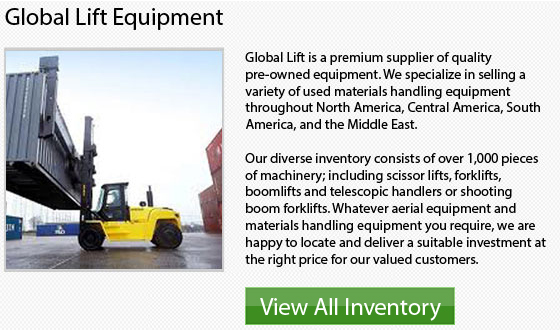
Forklift Controls
Among the most common kinds of machinery you will see in any warehouse is a forklift. These all-around machinery consist of a vehicle with two pronged forks at the front that can move and carry bulky objects.
The regular lift truck is designed to function and move in small spaces and could lift items to and from high up places. Lift trucks are still really dangerous machines and must be operated in a safe way all the time, after correct training and certification has taken place.
Take the time to read the owners guidebook after acquiring a new forklift to help you familiarize yourself with the controls. The handbook would feature the particular location of each and every control and the functions it has. The majority of forklifts have two levers that control the forks. The first lever controls the fork height. In order to make the forks go down, you push the lever forward. To move the forks upwards, you just pull back on the lever.
The forklift's second lever is used to tilt the forks allowing for better weight distribution across the forklift. This tilting action helps to keep items stable and won't allow items to fall off while driving. Additionally, it helps items slide off when unloading in a more balanced method.
To be able to tilt the forks back, you pull the lever back and to be able to tilt the forks forward, you just push the lever forward. Several types of forklifts are outfitted with a third lever which controls the fork width. Each and every one of these levers is situated just to the right of the operator's seat.
Inexperienced drivers must take advantage of experienced coworkers who can go over the controls with them. Be sure to do this while the forklift is turned off and not operational. Ask the trained professional if you have any questions about how anything functions.
Watch how the coworker demonstrates the function of each of the controls. Observation is often the best way to learn a new skill. On hydrostatic forklifts, notice that to be able to make the equipment go, you utilize the gas. And if you would like to make it stop, you just release the gas pedal. There is no brake on these kinds of lift trucks. There are several hydrostatic models which are outfitted with battery powered engines which turn off when the gas pedal is released. They start up once the gas pedal is pushed again.